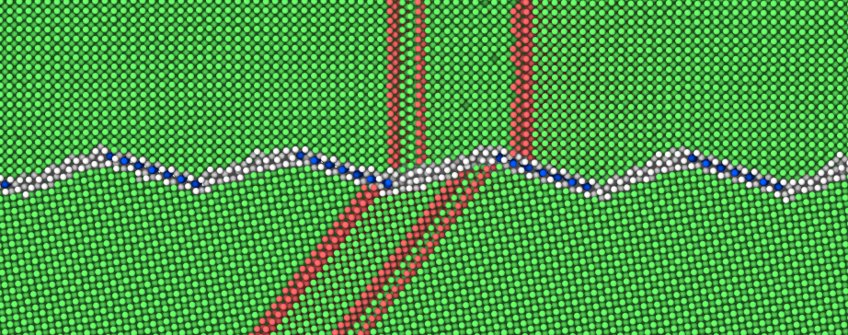Conventional alloy development methodologies which specify a single base element and several alloying elements have been unable to introduce new alloys at an acceptable rate for the increasingly specialised application requirements of modern technologies. An alternative alloy development strategy searches the previously unexplored central regions…


